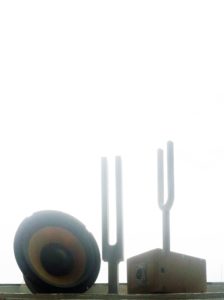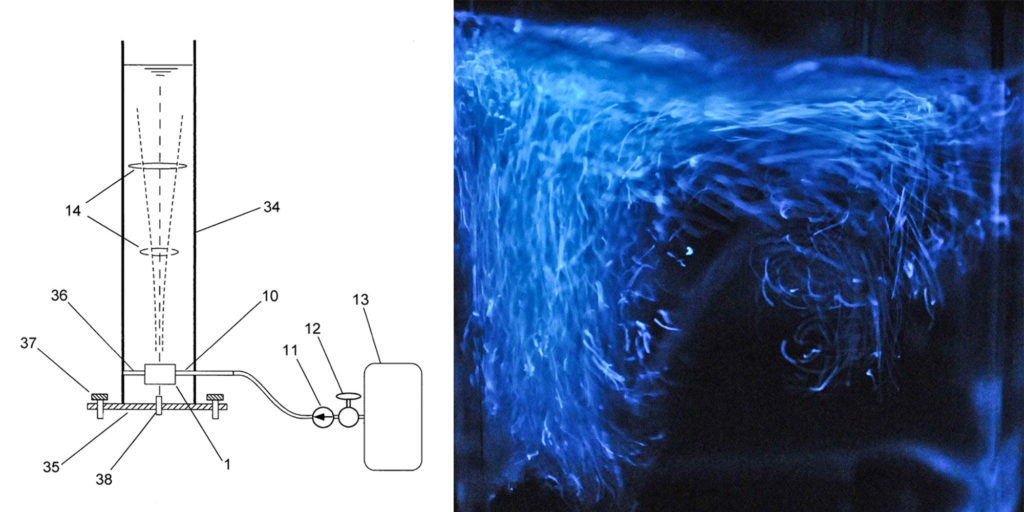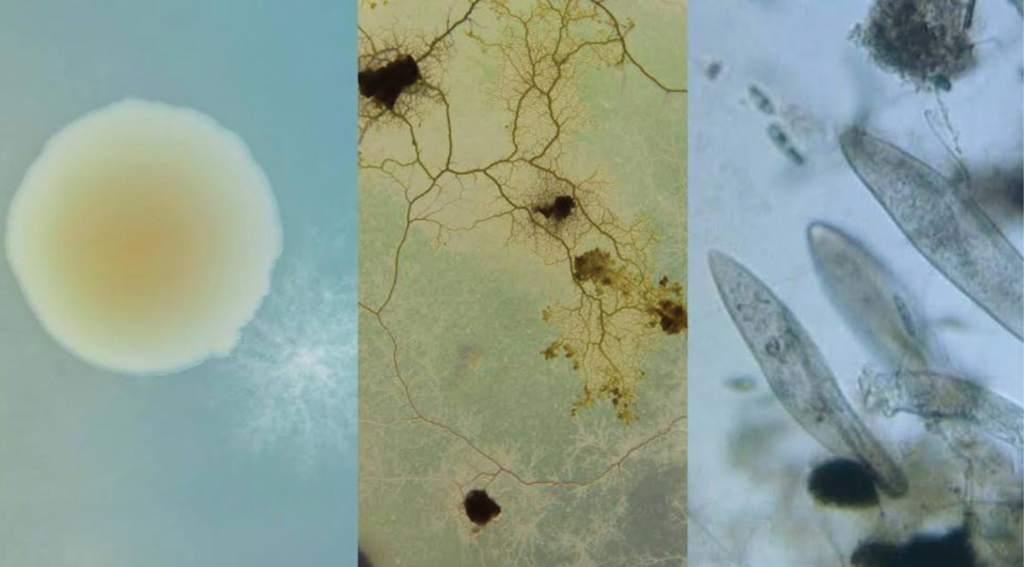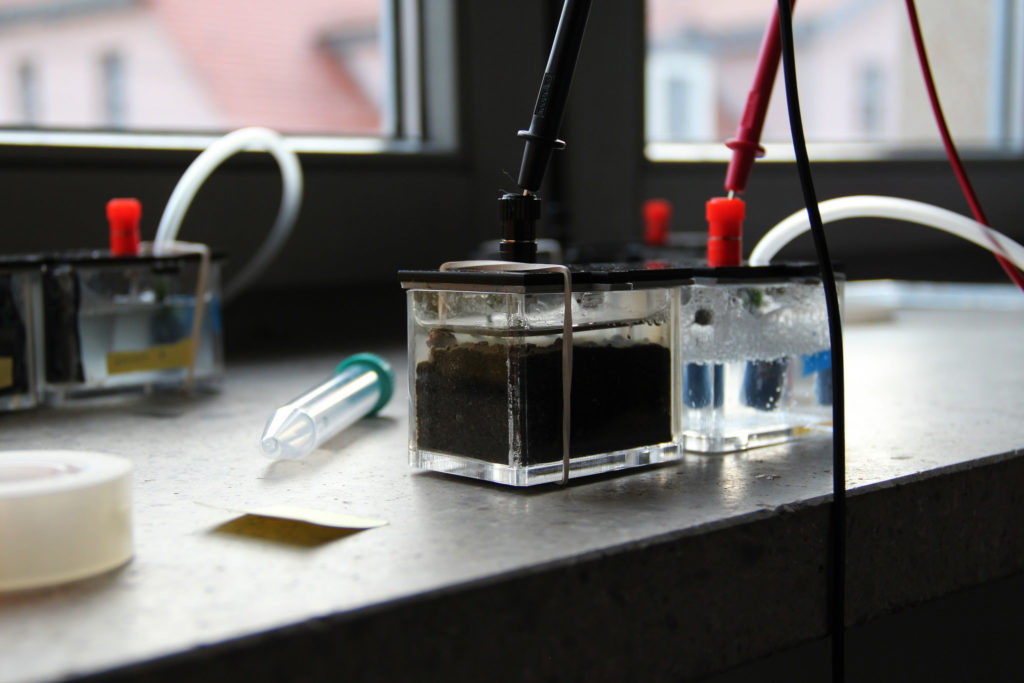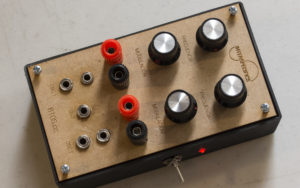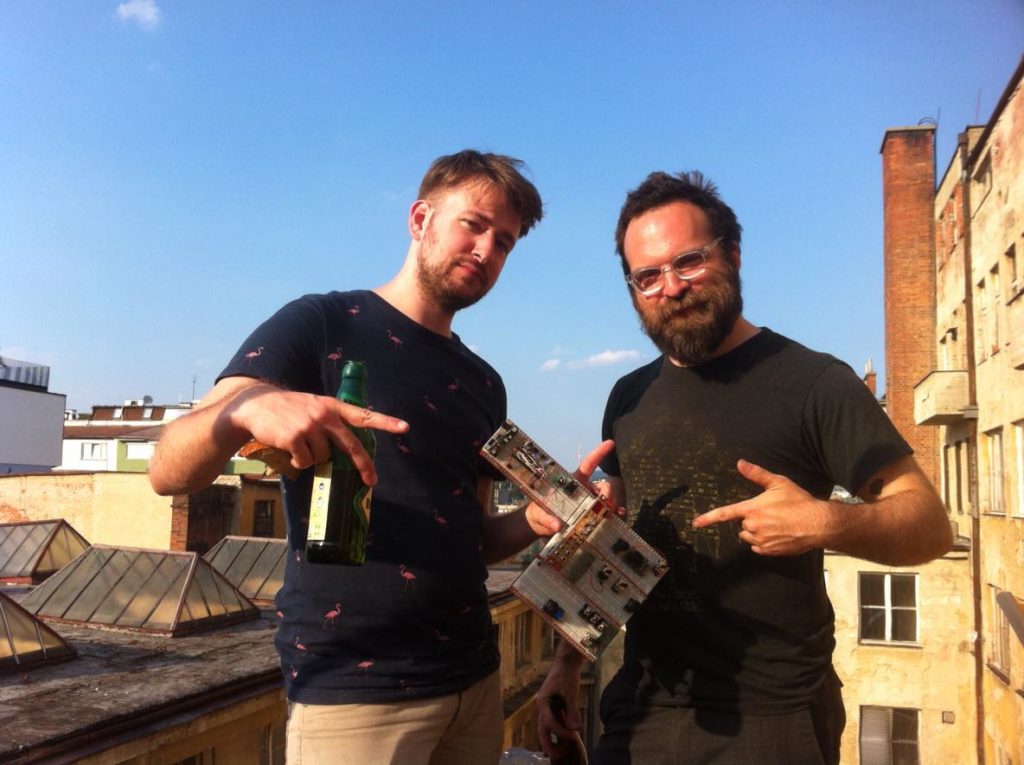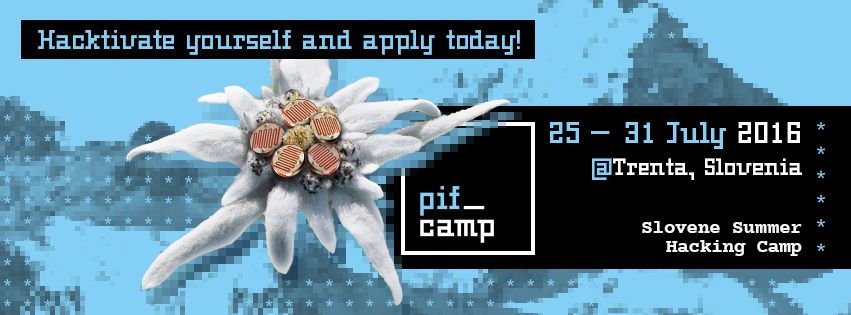
To delve deep into nutritional science is to go out into the wild. Barely for two or three millennia, more precisely in a mere century, we are producing, growing and breeding too much of everything, and the trend hasn’t yet reached its peak. If we take a good look at all of the IT possibilities of development… they are so plentiful, they are practically devouring themselves. So, in order not to starve at the table full of goodies, it is wise to step out. Or, as Douglas Adams would have it: Please, step out! This is the invitation with which we shall greet you at the start of this year’s PIFadventure.
Joining Please, step out! means you will be present on food-hacking trips around Soča village, where we will be gathering edible wild vegetables, wild herbs, wild fruits, and preparing them in simple, but for some probably extraordinary ways. These wild food hikes will also represent a gateway to the nutritional, historical, economical and other perspectives in connection with (wild)food, and by the time PIFcamp is over, you will have a pretty good picture of what is food and what is not. And you might as well know now: the majority of what we consider to be food is not.
Please, step out! is held by Dario Cortese, an independent wild food researcher and author of several books on wild food and nutrition.


